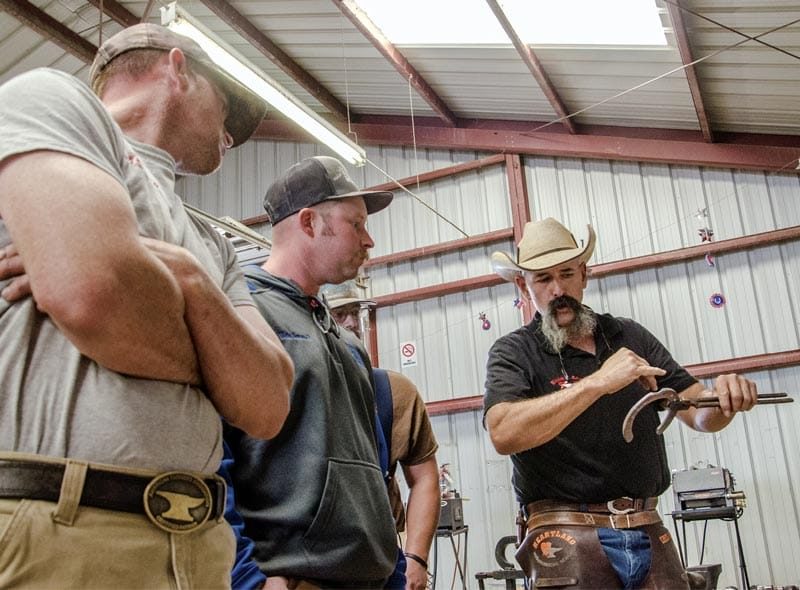American Farriers Journal
American Farriers Journal is the “hands-on” magazine for professional farriers, equine veterinarians and horse care product and service buyers.

Congratulations on your choice of industries. If it becomes for you half of what it has been for me, you are in for a great life. There are few jobs or industries that I know of that will give back like this one, so enjoy the ride.
Like all jobs, there are the downsides — bad weather, bad horses, bad customers and just plain old bad days. However, those have been few and far between when compared with the good. Sometimes the bad horses and the bad customers became the game of the day and helped to break up the monotony.
Shoeing horses is a day of breaks. While you are working at the anvil, you have a break from the horse. When you are under the horse, you have a break from the anvil. You will sometimes look around you with a smile as you realize that someone is actually paying you for all the fun you are having. If my customers had any idea how much I was enjoying myself, they might have charged me.
Still, horseshoeing is not for everyone. It takes a special person to…